
AeroGenie: il tuo copilota intelligente.
Tendenze
Categories
Global Analysis of the Aviation Cloud Market

Global Analysis of the Aviation Cloud Market
The global aviation cloud market is on the cusp of substantial growth, with its valuation expected to increase from USD 7.4 billion in 2025 to USD 30.0 billion by 2035. This expansion corresponds to a compound annual growth rate (CAGR) of 15.0% over the forecast period, driven primarily by the aviation sector’s growing dependence on cloud technologies to enhance operational efficiency, enable real-time data access, and reduce costs.
Market Growth Phases and Dynamics
The market’s development can be segmented into three distinct phases. Between 2025 and 2027, the market is projected to grow moderately from USD 7.4 billion to USD 9.8 billion, representing approximately 20% of the total increase. This initial phase is marked by early adopters integrating cloud solutions to streamline various operational processes. The period from 2028 to 2031 sees a pronounced acceleration, with the market value rising sharply from USD 11.3 billion to USD 19.7 billion. This phase accounts for nearly half of the overall growth and is propelled by rapid adoption of advanced cloud capabilities, improvements in data security, and the deployment of real-time analytics. Technological innovations and supportive regulatory frameworks are critical drivers during this interval. Finally, from 2032 to 2035, the market enters a maturation stage, expanding from USD 22.7 billion to USD 30.0 billion. Growth during this phase slows as cloud adoption becomes more widespread and integrated across various aviation segments.
The surge in the mid-period highlights a strategic opportunity for stakeholders seeking to maximize their influence in the evolving market landscape.
Key Drivers and Market Segmentation
Several factors underpin the swift adoption of cloud technologies within the aviation industry. Airlines and service providers are increasingly utilizing cloud platforms to optimize flight operations, ground handling, maintenance, crew scheduling, and customer engagement. Cloud-based models offer scalability, rapid deployment, and reduced capital expenditure, which are particularly valuable amid volatile fuel prices and operational costs. Additionally, the growing regulatory emphasis on data transparency and compliance is well supported by cloud infrastructure. The demand for predictive maintenance and AI-driven analytics further stimulates investment in sophisticated cloud services. The post-pandemic acceleration of digital transformation has positioned cloud computing as central to aviation IT modernization, with future growth anticipated from edge-cloud integrations and enhanced cybersecurity solutions tailored to aerospace requirements.
In terms of market segmentation, public cloud solutions dominate, accounting for 47% of the market share in 2025. Geographically, North America, Asia-Pacific, and Europe lead in adoption rates. The competitive landscape is primarily shaped by major technology firms including Microsoft Corporation, IBM Corporation, Amazon Web Services, Oracle Corporation, Google, and SAP SE.
Challenges and Industry Response
Despite promising growth prospects, the aviation cloud market faces significant challenges. Regulatory compliance, cybersecurity risks, and the complexity of integrating cloud solutions with legacy systems remain persistent obstacles. To address these issues, industry participants are increasing investments in scalable and secure cloud infrastructures while fostering closer collaborations with airlines. Competitors are also focusing on developing more advanced services to maintain market leadership and meet the evolving demands of the aviation sector.
As the aviation industry continues its digital transformation, cloud computing is poised to become an essential element of operational strategy. The most dynamic growth is expected in the late 2020s, with ongoing innovation and regulatory support shaping the market’s trajectory through 2035.

STV Forms Engineering Partnership to Advance Modern Aviation
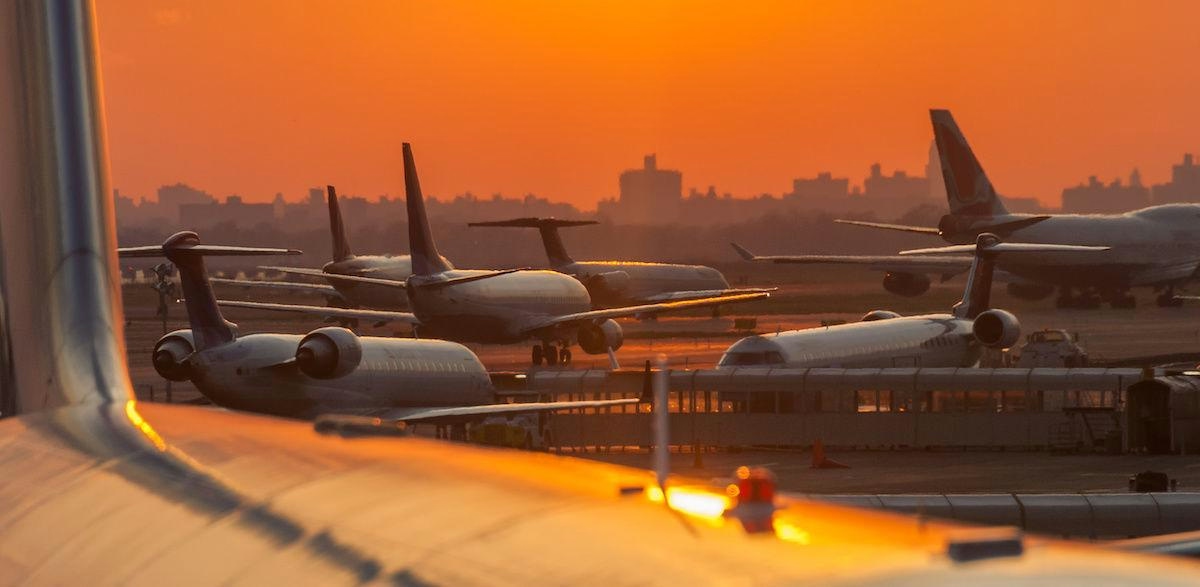
Sabre Introduces AI Chat Solution for Airlines
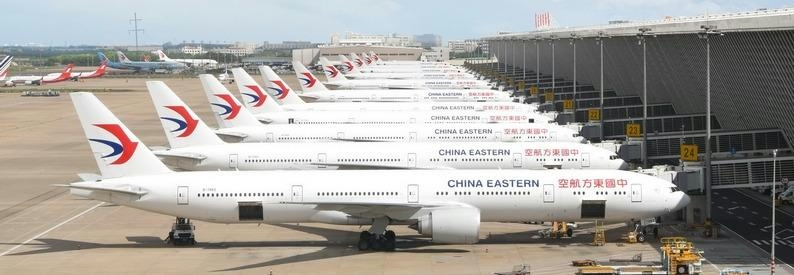
China Eastern Airlines to Pay $96 Million for STARCO Buyout

Chinese Innovations Take Center Stage at Dubai Air Show
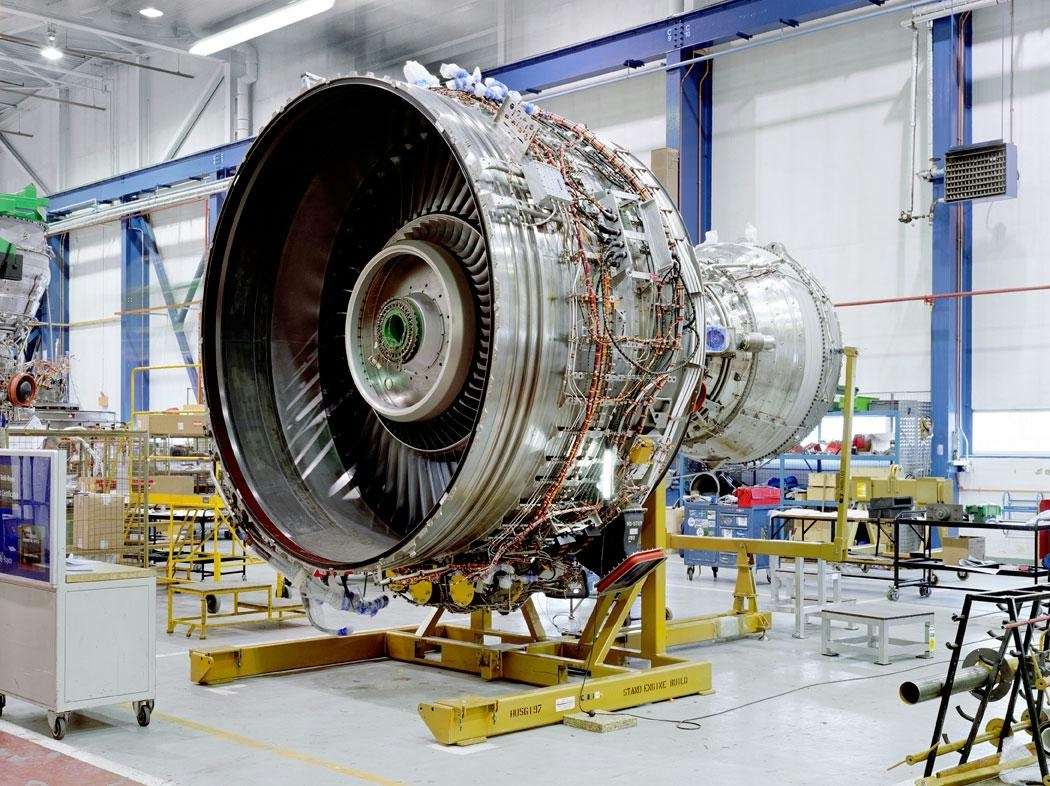
Emirates to Handle Part of Trent 900 Engine Maintenance In-House
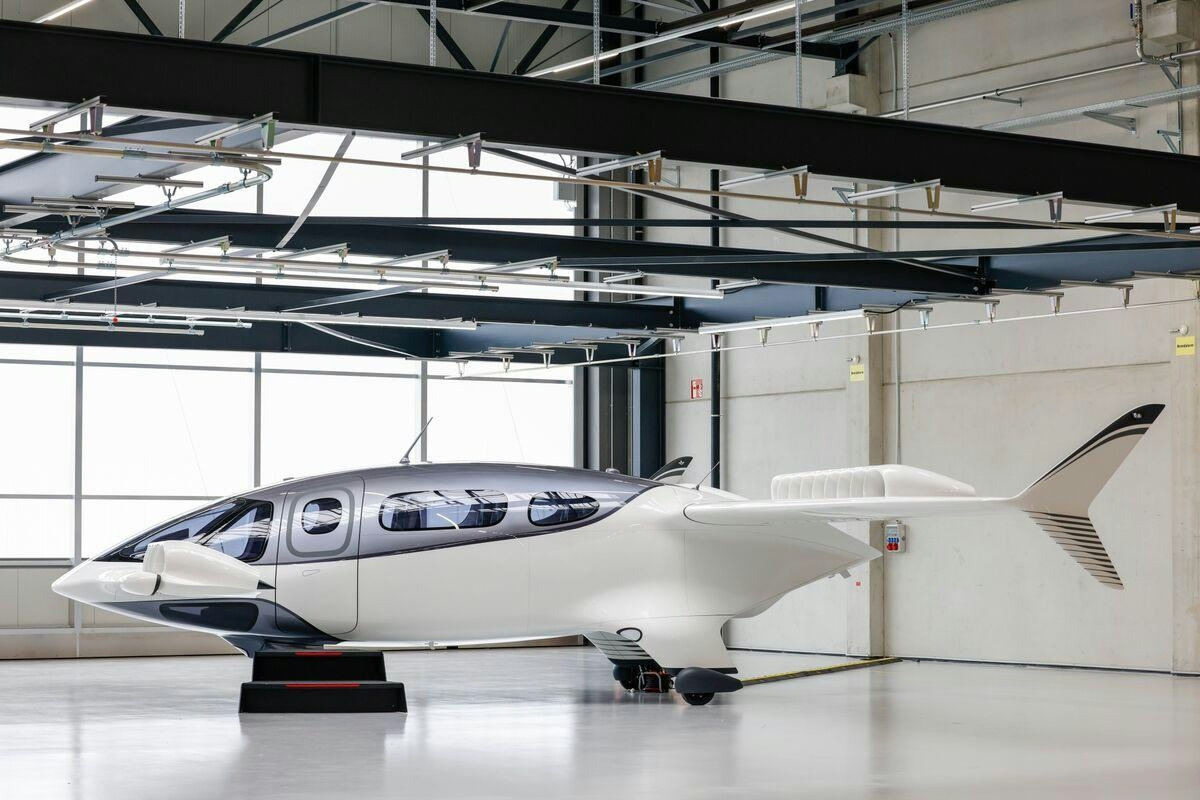
Saudi Arabia Plans Electric Air Taxis for Tourism by 2026
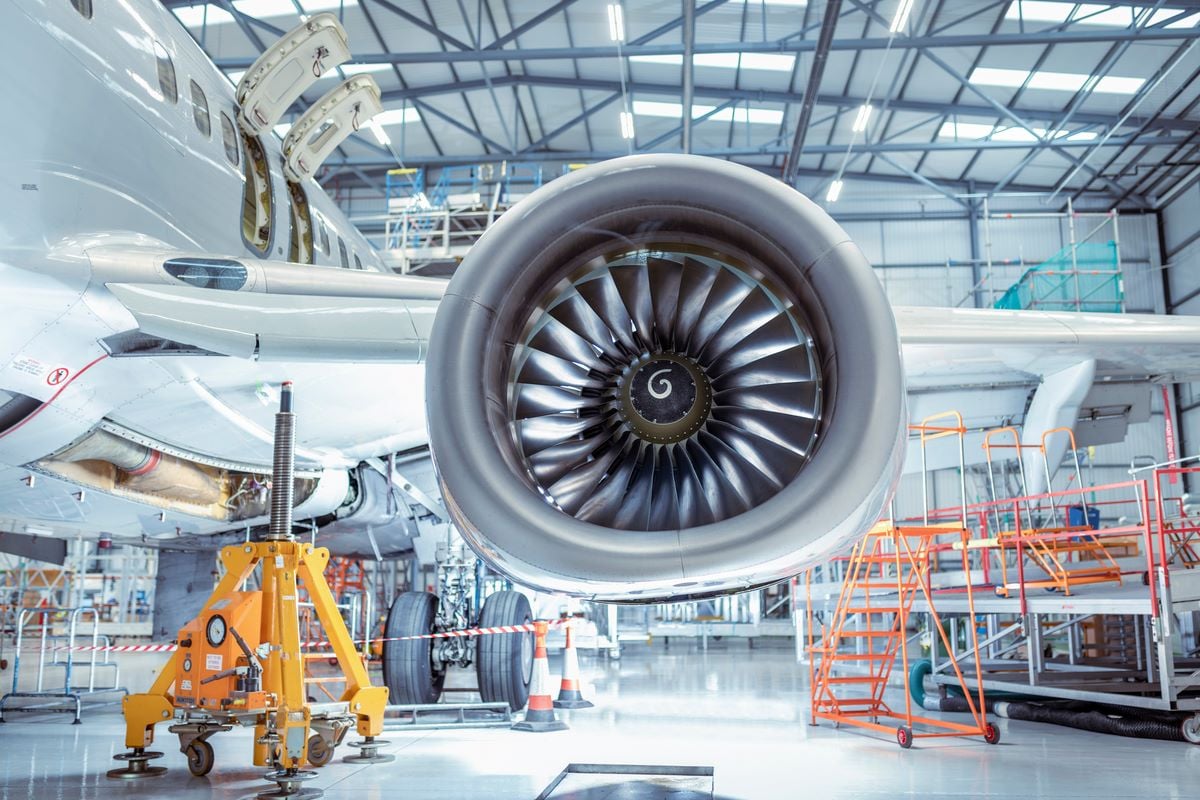
Challenges in the Aviation Supply Chain
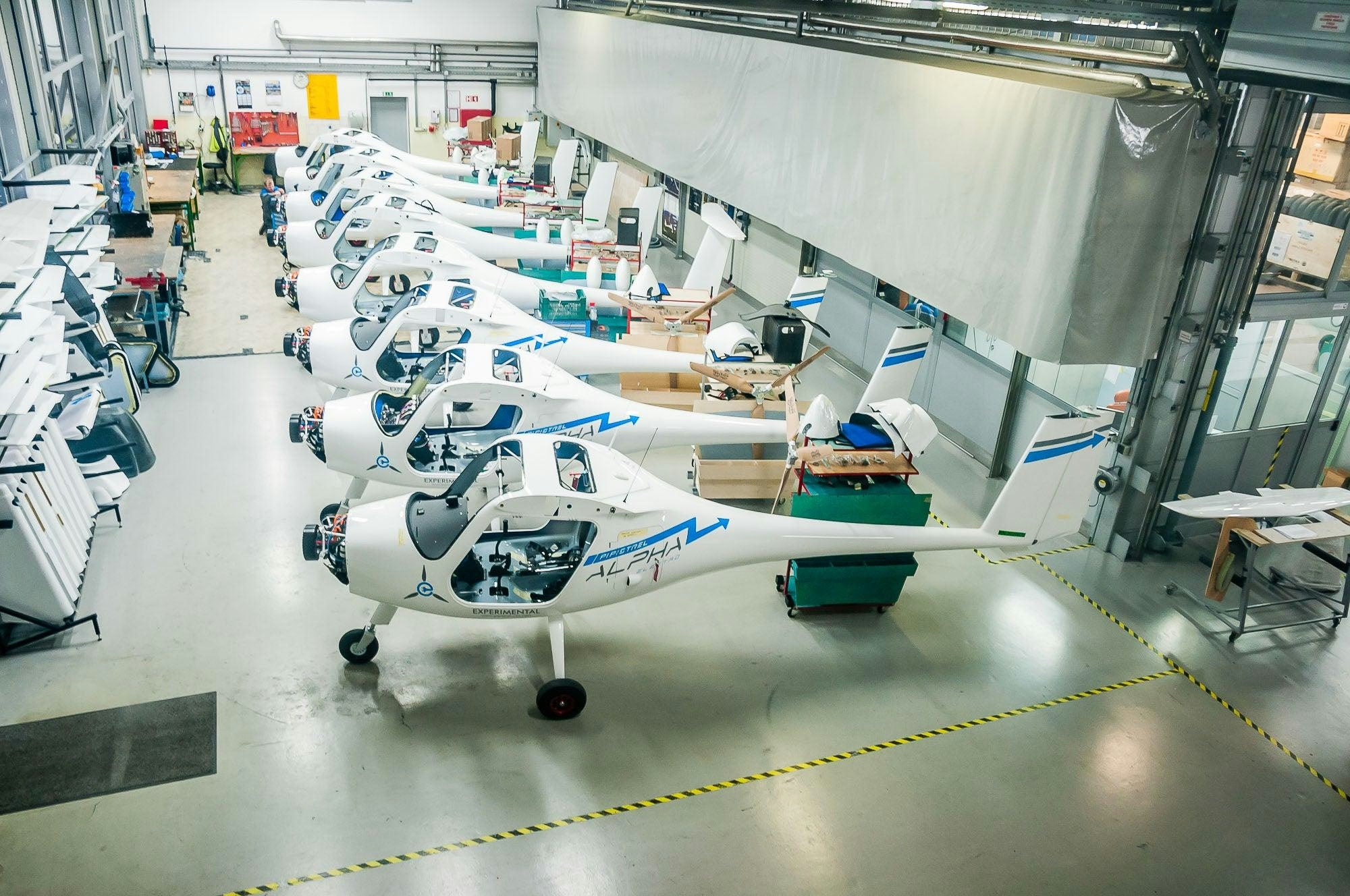
Principal Aviation Acquires Alpha Aircraft Services
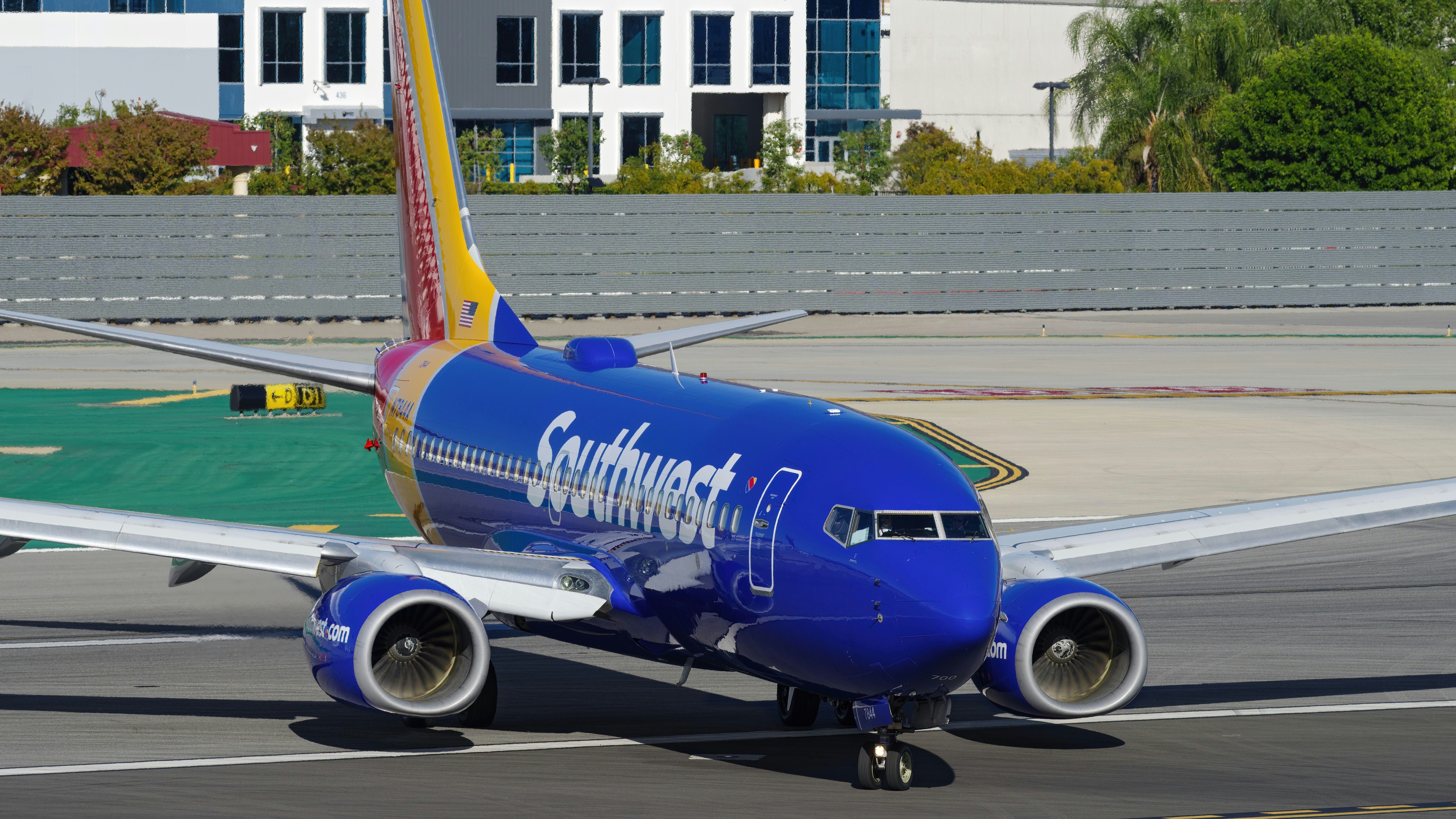
Flight to Salt Lake City Diverted to Los Angeles After Engine Failure
